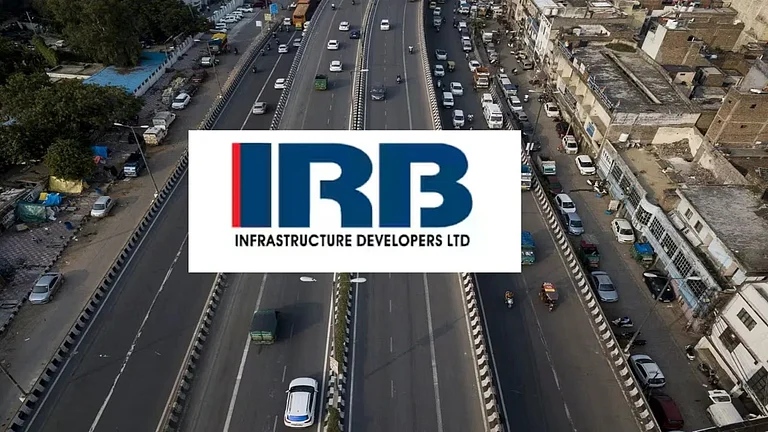The climate crisis is no longer a distant threat; it is a present-day reality, eroding GDP growth and destabilising economies globally. As global temperatures are projected to rise, developing economies anticipate a dual burden of recovery and debt, often resulting in slower growth. According to the Swiss Re Institute (2021), if global warming exceeds the Paris Agreement targets and reaches 2.0–2.6°C by mid-century, the global economy could face a GDP loss of up to 10%. In severe cases of a 3.2°C rise, losses could escalate to 14%. Thus, addressing climate impacts requires substantial investments in adaptation, mitigation and resilience. Yet, the funding needed remains deeply concerning.
The COP29 summit in Baku highlighted the persisting shortfall and challenges in mobilising climate finance. Developed nations announced plans to triple annual contributions to $300bn by 2035 under the New Quantified Collective Goals (NCQG) in Article 9 of the Paris Agreement. However, this remains far short of the $1.3trn needed annually to address the climate crisis comprehensively. Moreover, developing countries require $5.1–6.8trn by 2030, yet adaptation finance stands at just $215–387bn annually. A similar gap prevailed in 2021–22, particularly in sub-Saharan Africa and South Asia, receiving only 2.8% and 3.4%, respectively, of tracked global climate-finance flows, despite high vulnerability.
The missing middle in climate finance is particularly evident in developing nations, where funding rarely aligns with the magnitude of adaptation, mitigation and resilience. These economies must urgently adapt and mitigate while grappling with limited access to concessional finance and private investment. One powerful yet often overlooked solution to narrowing the climate finance gap is blended finance—an approach that uses public funds to absorb potential losses and de-risk investments in climate projects, unlocking private capital.
De-risking is especially crucial for climate projects considering the unanticipated and extreme weather conditions and the dynamic frequency of their occurrence. Moreover, these projects are inherently high-risk due to policy uncertainty, long payback periods and technological complexity, disrupting payment timelines. Environmental or social impacts, such as displacement or biodiversity loss, add layers of concern. Instruments such as guarantees, insurance and concessional finance help mitigate these risks, increasing the appeal of climate projects for private investors.
A Secure Environment for Private Investment
By utilising public funds as a safety net for risks such as high upfront costs, market volatility or regulatory uncertainties, blended finance fosters a secure environment for private investment. This mechanism is especially critical in emerging market developing economies (EMDEs), where climate risks are higher. Public funds help reduce these perceived risks, thereby ‘crowding in’ private investments and making climate projects more financially viable.
A key feature of blended finance is its strategic use of guarantees, being redefined through its scalability and targeted to address specific climate-related risks such as currency fluctuations, political instability or regulatory shifts, aligning investments with broader development goals. For instance, the Partial Risk Sharing Facility (PRSF) supports energy efficiency in industries, buildings and municipalities through partial credit guarantees to financial institutions and ESCOs. Similarly, the Credit Guarantee Fund Trust for Micro and Small Enterprises (CGTMSE) and the Credit Guarantee Scheme for Startups (CGSS) facilitate collateral-free loans for MSMEs and climate-tech start-ups, helping mainstream green finance by improving capital access for climate-smart enterprises.
India’s Paris-aligned climate targets, including a 45% reduction in emissions intensity by 2030, demand annual investments of $253–$263bn (IEA-IFC) and $10.1trn by 2070 (CEEW-CEF). Yet, current climate finance flows stand at just $44bn annually (CEEW-CEF), exposing a vast funding gap. India leveraged blended finance to address this gap. Beyond guarantees, the National Investment and Infrastructure Fund (NIIF) has mobilised public funds to attract private investment, especially in renewable energy, which exceeded 125 GW in capacity by 2023. Programs for Energy Efficiency Financing by the Bureau of Energy Efficiency and the National Adaptation Fund for Climate Change (NAFCC) support energy efficiency and adaptation efforts, creating jobs in vulnerable regions. Scaling these initiatives is crucial to bridge the $1trn finance requirement by 2030.
PPPs and blended finance both leverage private-sector participation but differ in scope. PPPs are broader, spanning health care, transport and education, while blended finance targets climate-specific goals and high-risk barriers. This makes it a key mechanism for scaling climate solutions and concurrently supports climate and socio-economic goals by targeting industrial decarbonisation, sustainable urbanisation and green MSMEs. For example, India’s 2030 renewable energy targets could generate 3.4mn jobs, boosting resilience and reducing emissions.
Challenges and Pathways
Despite huge potential, several challenges persist in scaling blended finance. These include limited capacity to structure complex financial instruments, insufficient risk mitigation tools and fragmented regulatory frameworks. Climate-related risks also deter private investment in high-risk sectors like renewables, sustainable infrastructure and energy efficiency.
To fully harness the potential of blended finance, India must focus on structuring and institutionalising this mechanism through robust policy frameworks, capacity building and enhanced public-private coordination. The true power of blended finance lies not only in its ability to mobilise capital but also in its capacity to deliver sustainable, long-term solutions that balance economic growth with environmental conservation. As India continues its green transition, blended finance will play an imperative role in bridging the climate finance gap, fostering inclusive development and achieving a harmonious balance between climate action and economic progress.
(Nupur Ahuja is a PhD scholar, Sukanya Das is professor and dean (research and partnerships), Gopal K Sarangi is associate professor and head, department of policy and management studies, at the TERI School of Advanced Studies, respectively)

























